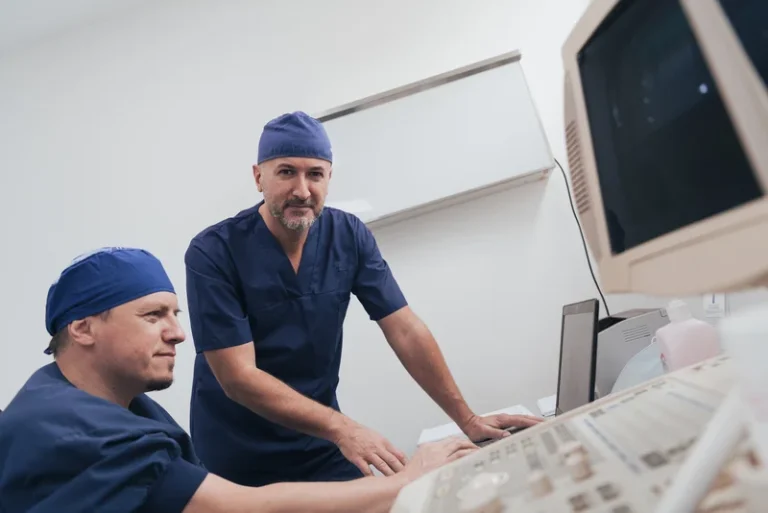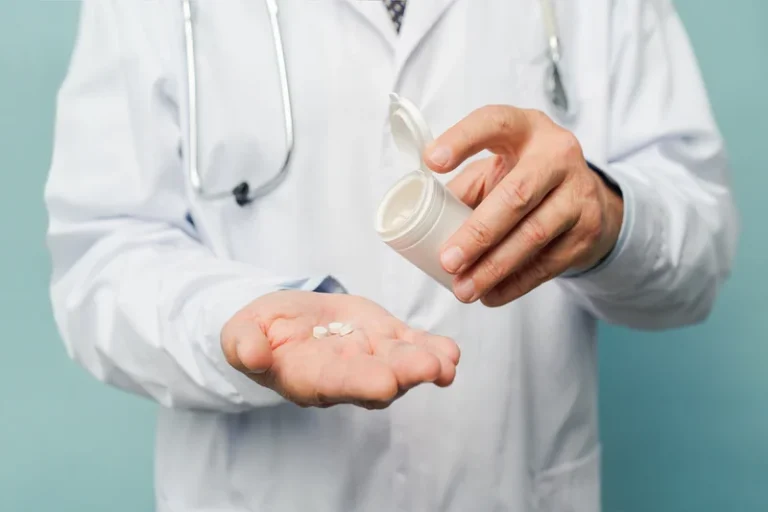Otoplenie-Blog.com.ua > Sober living > Alcoholic Cardiomyopathy: Symptoms, Causes, and Treatment
Alcoholic Cardiomyopathy: Symptoms, Causes, and Treatment

Other health problems you have can also affect your case, especially if those problems have any connection with alcohol use. The best way to reduce your risk of developing alcohol-induced cardiomyopathy is to only drink in moderation. That is especially true if you have any kind of condition that affects how your body processes alcohol. Though they aren’t causes of alcohol-induced cardiomyopathy, other lifestyle choices can make it worse. These include using recreational drugs (especially those that affect your heart, such as cocaine) and tobacco (which has major negative effects on your heart, lungs and circulatory system).
Outlook, Diagnosis & Treatment Options
Renaud and de Lorgeril [93] suggested that the inhibition of platelet reactivity by wine may be one explanation for protection from CAD in France. alcoholic cardiomyopathy refers to dilated cardiomyopathy due to toxic origin with left-ventricle systolic dysfunction, dilatation of cardiac chambers, and ultimately progression to heart failure. Future studies with a strict classification of non-drinkers and drinkers will help clarify whether complete abstinence is mandatory for ACM patients. In the interim it seems appropriate to continue discouraging any alcohol consumption in these patients, as it would be difficult for them to maintain a limited alcohol intake considering their history of alcohol dependence and abuse. Alcoholic cardiomyopathy (ACM) is a heart disease that occurs due to chronic alcohol consumption.
6. The Effect of Low-dose Ethanol on ACM
This usually involves certain types of medications that treat heart rhythm problems or other symptoms of heart failure. Those who don’t fully recover are also likely to need this kind of treatment indefinitely. In some cases, a pacemaker or other implantable device might be necessary to treat more severe heart rhythm problems. Treatment for this condition starts with helping you reduce your alcohol intake or stop drinking entirely.
4. The dose-Related Effect of Ethanol and Beverage Types on the Heart
- Data suggests patients with successful quitting of alcohol have improved overall outcomes with a reduced number of inpatient admissions and improvement in diameter size on echocardiogram.
- Cardiac transplantation is the final measure in end-stage ACM but is limited to those subjects able to achieve abstinence.
- The findings were analysed taking into account the amount and chronicity of intake and they were compared with the same parameters measured in a control group of non-drinkers.
- A doctor can guide someone to resources to help them quit drinking and can make referrals.
- Cardiac remodeling tries to compensate for this damage, establishing a balance between aggression and defense mechanisms.
- Because of this, their origin could be multifactorial and linked both to the alcohol molecule and to its main metabolite, acetaldehyde.
Echocardiogram usually reveals left ventricular hypertrophy, depressed left ventricular ejection fraction, and dilation. Segmental wall motion abnormalities usually suggest myocardial injury; however, approximately 18% to 20% of patients with cocaine abuse manifest global hypokinesia. Cardiac catheterization in these patients may reveal normal coronaries or mild coronary artery disease not significant enough to explain the extent of myocardial dysfunction. Accelerated coronary atherosclerosis, coronary vasculitis, coronary spasm, or coronary thrombosis can also be seen in cocaine-related heart disease.
- In order to maintain cardiac homeostasis, the removal of defective organelles and cell debris by autophagy is essential both in physiological and pathological conditions [115].
- Alcohol affects heart function and is dependent on the quantity of alcohol that the heart is exposed to.
- Though they aren’t causes of alcohol-induced cardiomyopathy, other lifestyle choices can make it worse.
- On ECG, unspecific abnormalities like complete or incomplete left bundle branch block, atrioventricular conduction disturbances, alterations in the ST segment, and P wave changes can be found comparable to those in idiopathic DCM [113].
- There is a significant association between cardiovascular disorders and apoptosis.

At later stages, due to atrial fibrillation, thrombi are not uncommon in the dilated atria. Atrial fibrillation and supraventricular tachyarrhythmias are common findings in 15–20 % of patients [111], whereas ventricular tachycardias are rare [112]. On ECG, unspecific abnormalities like complete or incomplete left bundle branch block, atrioventricular conduction disturbances, alterations in the ST segment, and P wave changes can be found comparable https://ecosoberhouse.com/ to those in idiopathic DCM [113]. Acute or chronic right heart failure leads to elevation of liver enzymes most likely due to liver congestion, whereas cirrhosis due to cardiac disease is infrequent. Chronic liver disease such as cirrhosis may in turn affect the heart and the whole cardiovascular system, leading to a syndrome named cirrhotic cardiomyopathy (CCM). Thus, CCM has been introduced as an new entity separate of the cirrhosis etiology.

Most common age population for ACM is males from age with significant history of alcohol use for more than 10 years. Females constitute roughly 14 % of cases of alcohol induced cardiomyopathy however lifetime exposure required for women to develop alcohol induced cardiomyopathy is less compared to men. For many people, abstaining from alcohol can lead to a full recovery, especially when your case is less severe. However, for others, the effects of alcohol-induced cardiomyopathy may be life-long. Even in cases where people can undergo a heart transplant, individuals with a history of alcohol-induced cardiomyopathy are more likely to face other health problems down the road.
After a follow-up period of 47 mo, a significantly higher survival rate was observed among patients with DCM compared to patients with ACM. In this study, the only independent predictor of cardiac death was alcohol abstinence. In this respect, a higher prevalence of excessive alcohol consumption has been reported among individuals diagnosed with DCM than in the general population[8]. The existence of a direct causal link between excessive alcohol consumption and the development of DCM is a controversial issue.
AMOUNT OF ALCOHOL REQUIRED TO PRODUCE ACM
- Thanks to generous benefactors, your gift today can have 5X the impact to advance AI innovation at Mayo Clinic.
- This was questioned by other authors, who pointed out that these conclusions could not be drawn, as alcohol itself also induces changes in the pre-load and after-load conditions, which influence cardiac contractility[35].
- The mainstay of management is providing support, resources including but not limited to alcoholic anonymous and encouragement for alcohol abstinence and address underlying stressors if any which requires assistance from nursing staff and pharmacy.
